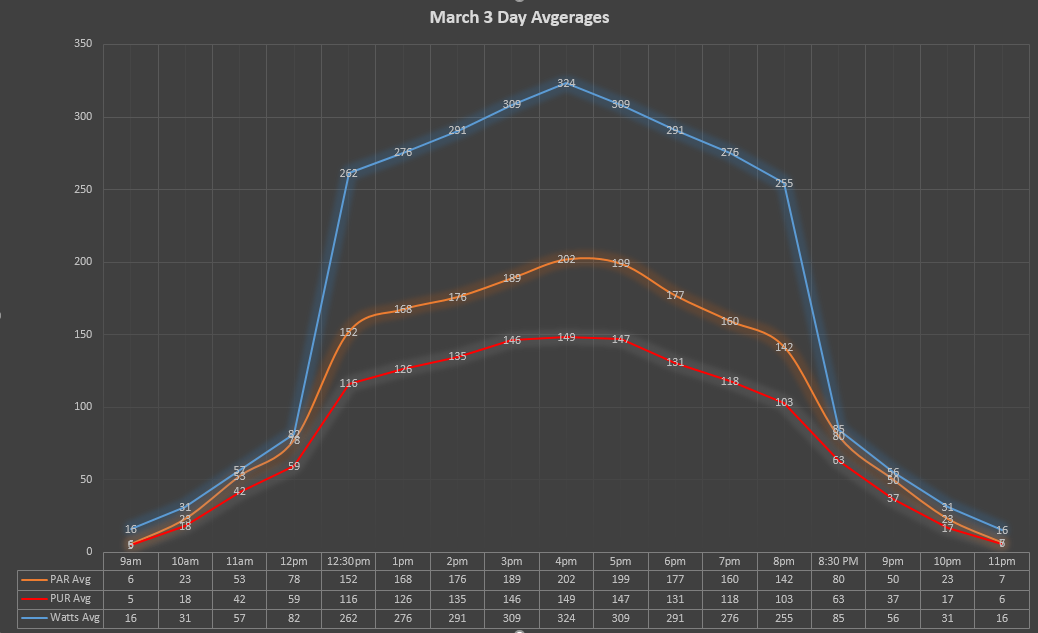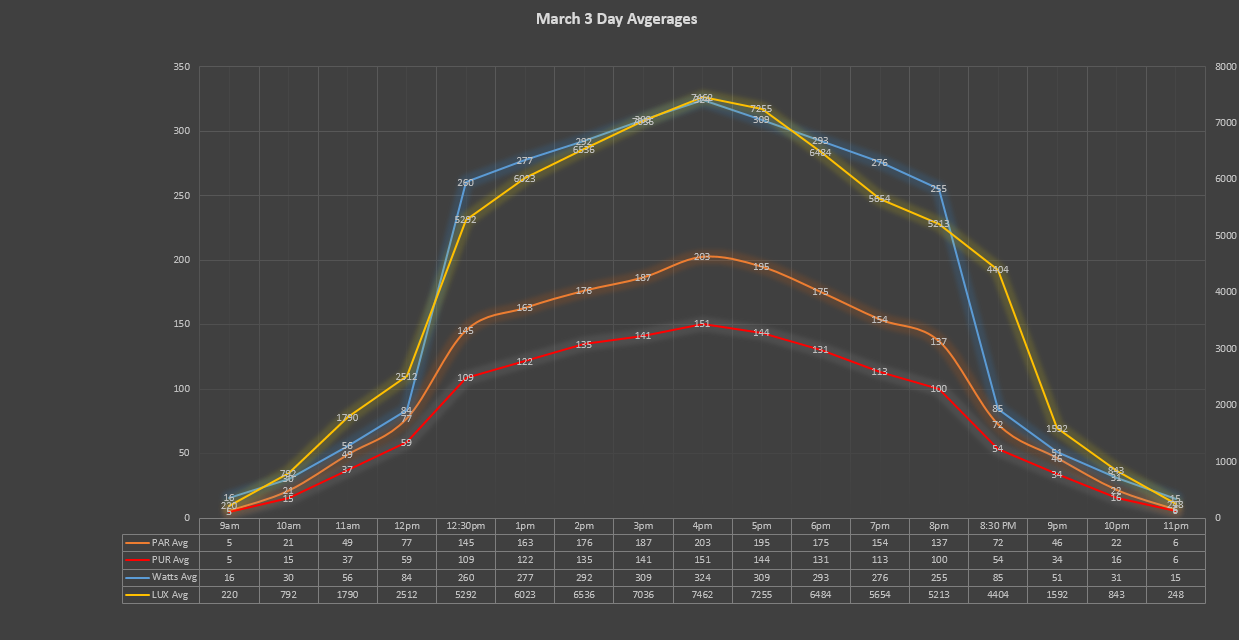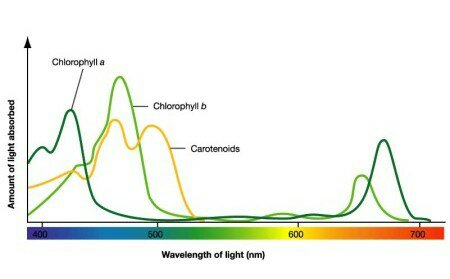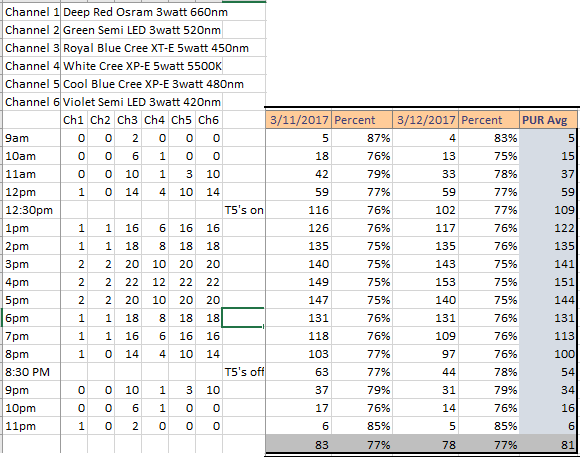After watching the tank all weekend I'm pretty happy with the Bulbs and LED settings. I don't know if I'm ramping up and down like I should so will keep watching the inhabitants.
To me peak and around the peak times it is more blue then 14k , not near 20k, but it is a very crisp looking color I was looking for. Everything is vibrant which the Actinic may be helping that and the Blue+ seems to be helping the brightness and crispness. If that makes sense. The white(yellowish white) from the LEDs is definitely helping the tank from looking to 20k or like Windex. So, even though I was hoping for a whiter white it might just be a good thing its not in this case.
As for the light meter testing I added LUX in too as I have the numbers may as well plug them in. First time doing this I will most probably do this better and more efficiently next time and more accurately.
Few things I learned this first go around.
Adding LUX in was interesting and corresponded directly with watts used. T5s being the biggest impact.
White and interestingly the cool blue channels ramping up decreased PUR.
T5s are obviously not nearly as efficient as LEDs in delivering PAR per watts. Blue+ bulbs deliver more PAR then Coral+ and True Actinic. They did not seem to impact the PUR up or down at 77% of the PAR value. I will need to see where their PUR values are when on by themselves as I only seem to have PAR values.
Pretty cool and hope to learn more. For right now though I'm not changing any settings.






 Photon v2 30% red only
Photon v2 30% red only Photon v2 30% red only
Photon v2 30% red only Photon v2 30% channel 2 green only
Photon v2 30% channel 2 green only Photon v2 30% channel 2 green only
Photon v2 30% channel 2 green only Photon v2 30% channel 3 royal blue only
Photon v2 30% channel 3 royal blue only Photon v2 30% channel 3 royal blue only
Photon v2 30% channel 3 royal blue only Photon v2 30% channel 4 white only
Photon v2 30% channel 4 white only Photon v2 30% channel 4 white only
Photon v2 30% channel 4 white only Photon v2 30% channel 5 cool blue only
Photon v2 30% channel 5 cool blue only Photon v2 30% channel 5 cool blue only
Photon v2 30% channel 5 cool blue only Photon v2 30% channel 5 violet only
Photon v2 30% channel 5 violet only Photon v2 30% channel 5 violet only
Photon v2 30% channel 5 violet only